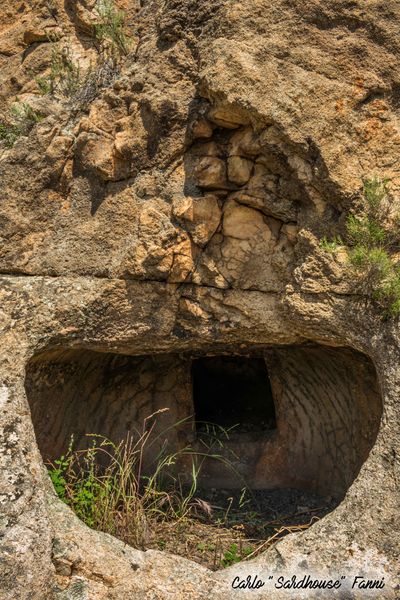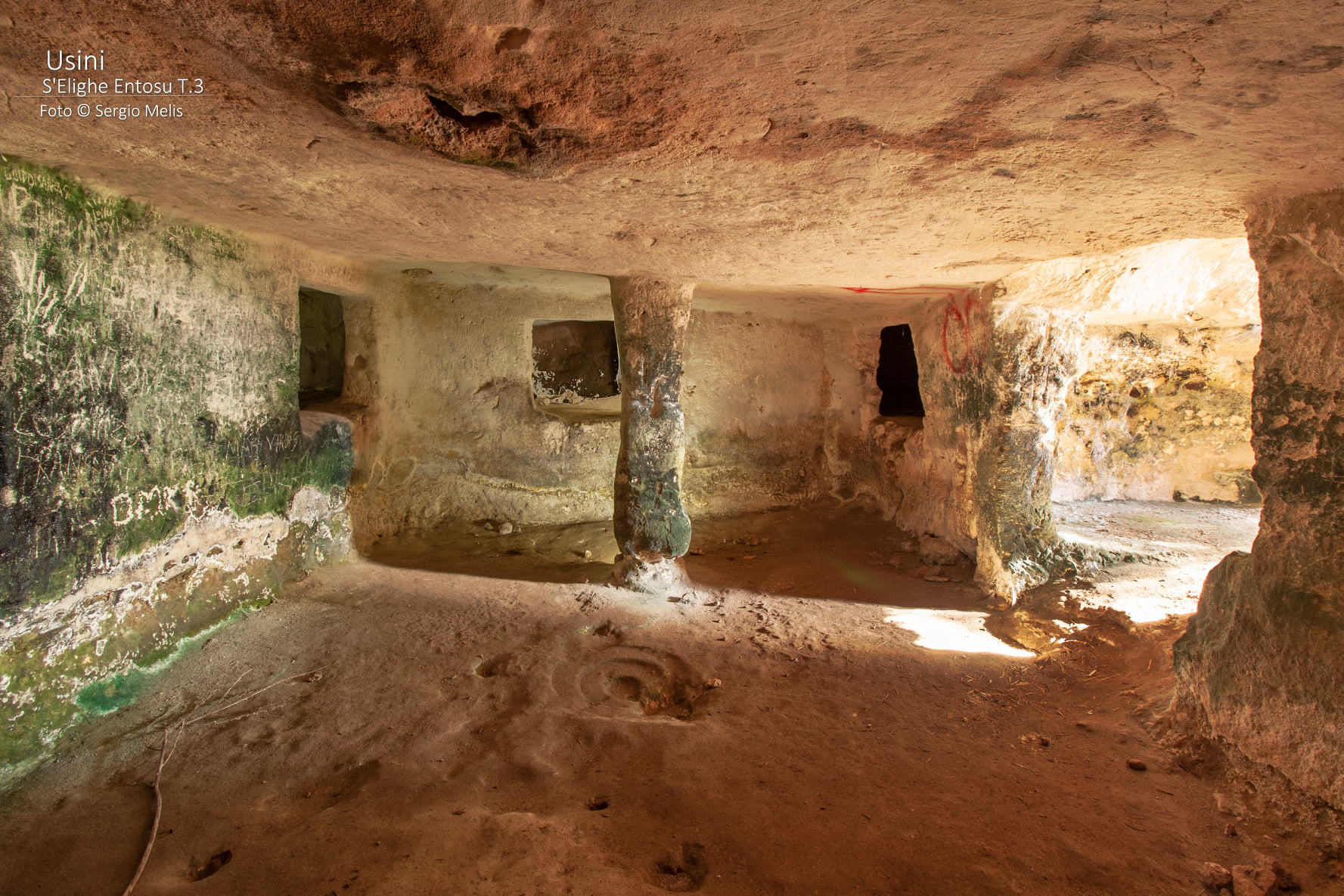

Taurus and Ox were worshiped and represented virility and fertility while the Moon represented the feminine “Mother Goddess”.

Their religion was based on nature and its various manifestations.

The population probably dates back to 3,500 BC, they worked in the fields. So this civilization was called the civilization of Ozieri or the civilization of San Michele. The testimonies showed a totally different lifestyle and habitation. The first Domus de Janas discovered were mistaken for tombs that had nothing to do with the local populations. The walls were then often adorned with magical symbols in relief, representing stylized bull horns, spirals and other geometric designsĪs in other ancient civilizations, the deceased was buried with all the goods they could be useful for them to face the journey into the afterlife. We can therefore find caves in the shape of a round hut with a cone-shaped roof, but also with rectangular and pitched roof spaces, equipped with doors and windows. Architecturally they reflected the houses of those who remained in the earthly world. The domus remember the houses of the living. They are often connected together to form real underground necropolises, with an access corridor (dromos) in common. More than 2,400 have been discovered, about one square kilometer, and many still remain to be excavated. The caves were positioned next to each other in large numbers, forming necropolis that could accommodate up to a hundred bodies. Traveling around Sardinia you will admire them everywhere.

The Domus are actually caves carved into the rock by the ancient Sardinian civilizations more than 5,000 years ago. Obviously this is a Sardinian legend that combines magical elements with millenary stone constructions present throughout the island. Their house is built in the rock and it is called Domus. Someone say that it is a female version of the elves, they live between our world and the divine one. (Casa delle Fate – Fairy House, in Sardinian dialect).īut who are the Janas? They are imaginary creatures of the Sardinian folk tradition, tiny women with a moody disposition, a bit witches and a little fairies, both gentle and naughty. Perhaps a magical hand has designed it, and we will speak of magic places today, the Domus de Janas. Judging by its appearance, there must have been some underground explosion, or it must have been a collision of huge forces to project that single island up high and let it emerge like a congealed clot of rocks and white beaches. It rises up there, an island colored with green and with its granite walls, the waves dvance from the Tyrrhenian and from the Mediterranean sea kissing its coasts. The island of Sardinia, in the Mediterranean, springs from the sea like a huge treasure chest.


 0 kommentar(er)
0 kommentar(er)
